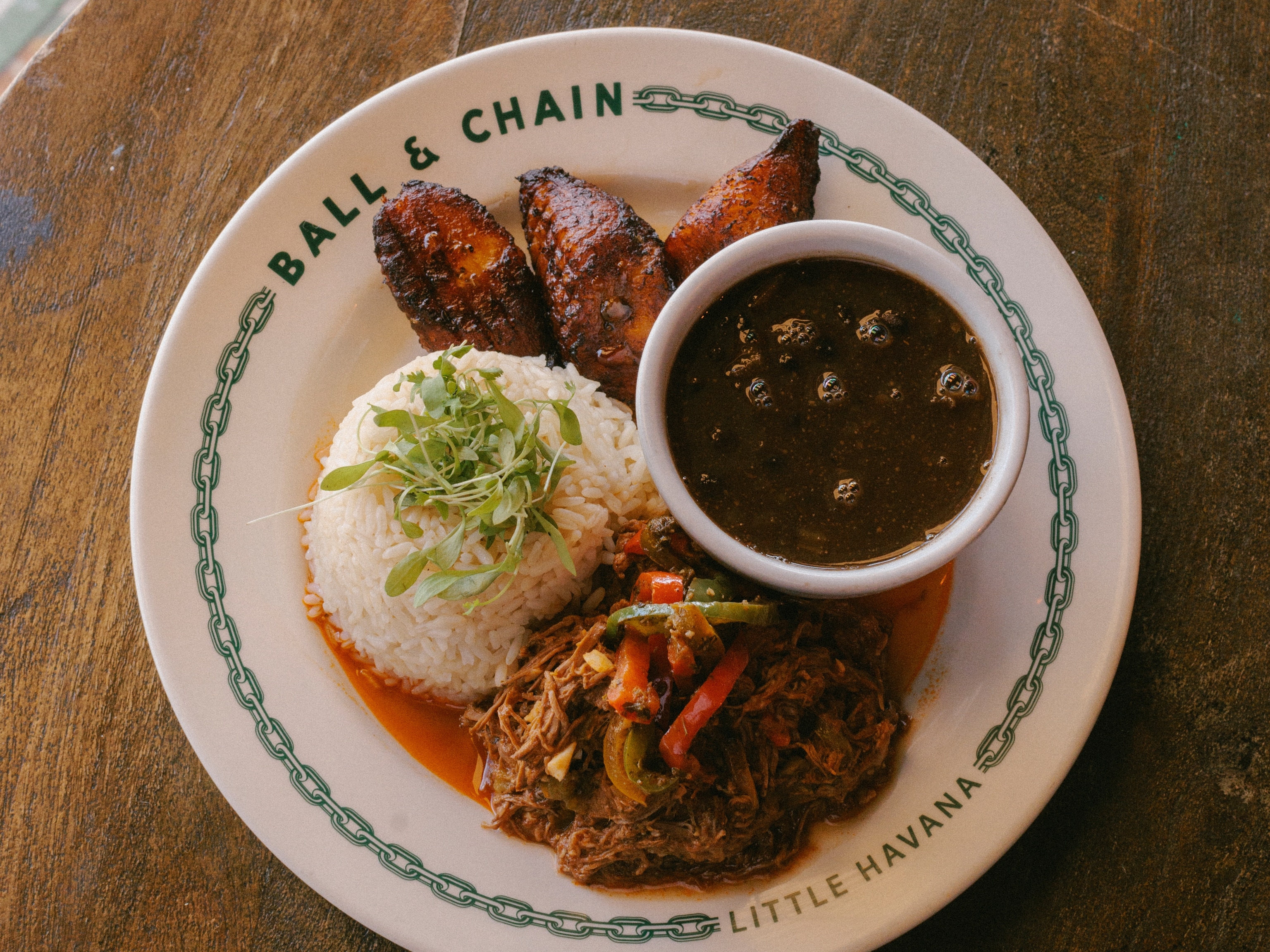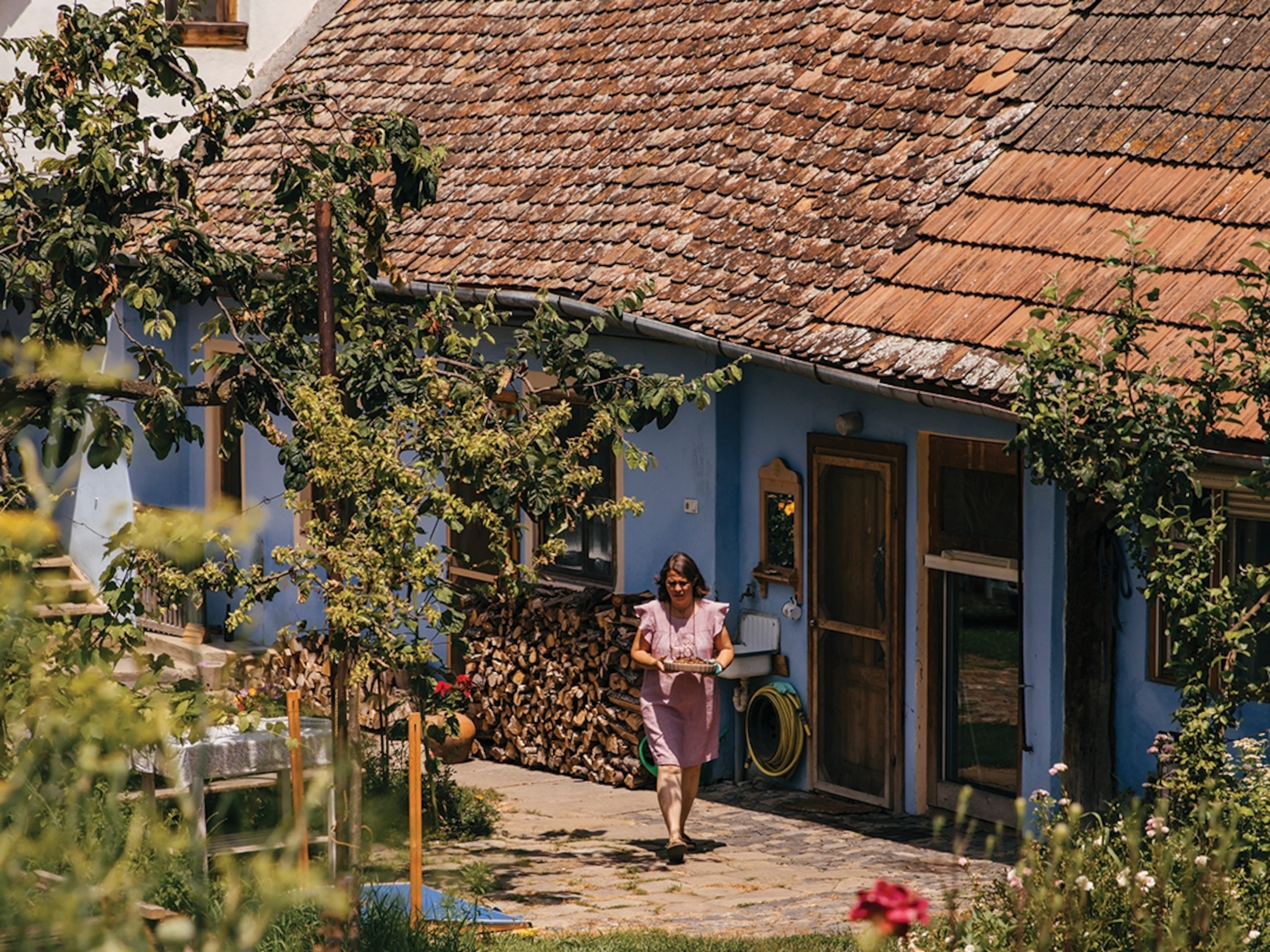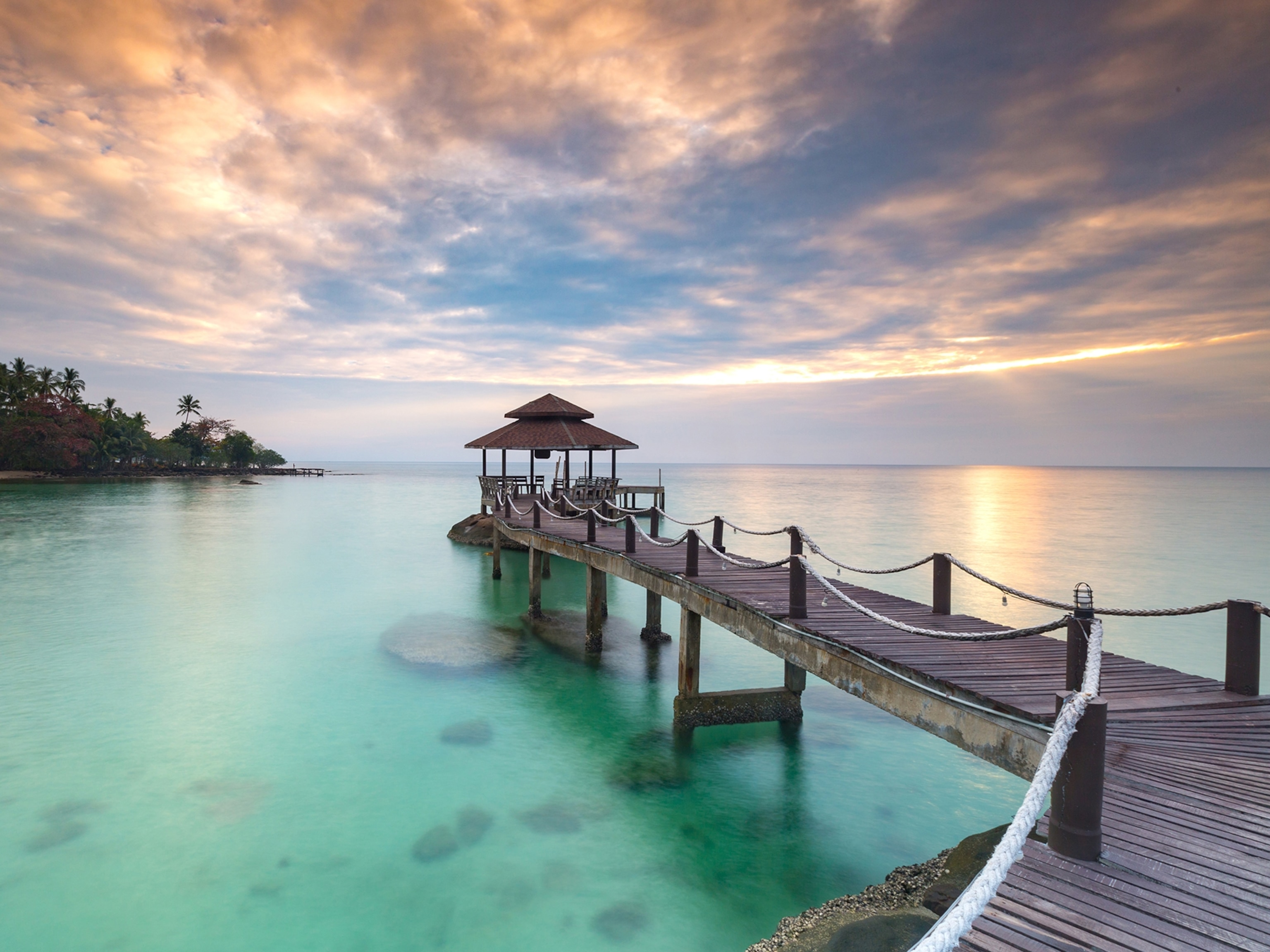Photo story: the crafts, customs and cuisine of St Lucia
The Caribbean Island's lush rainforest, world-class snorkelling, delicious local rum and distinctive Creole culture is celebrated in its crafts, customs and cuisine
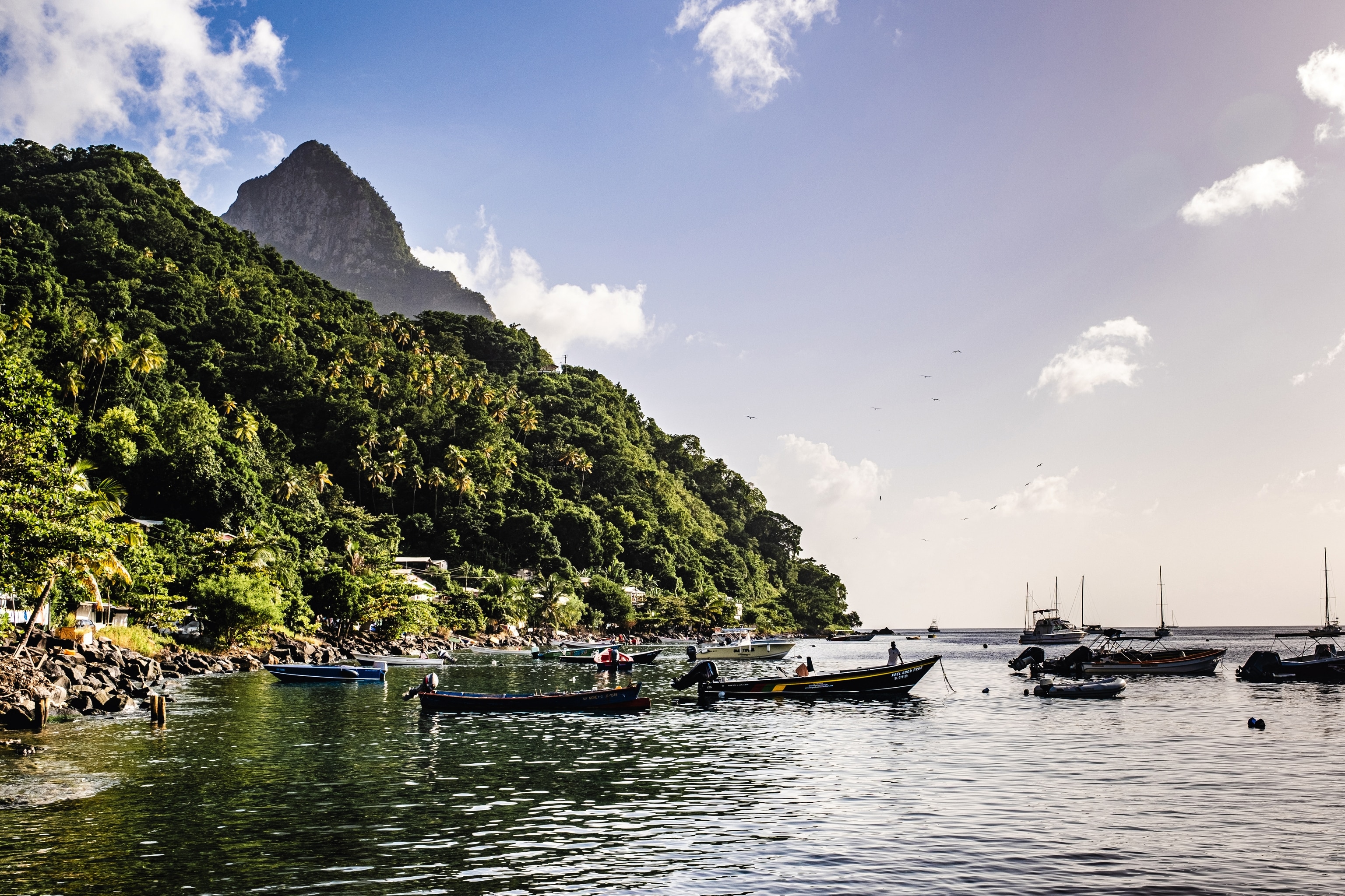
Photograph by Karolina Wiercigroch
Story and photographs byKarolina Wiercigroch
January 21, 2024
This article was produced by National Geographic Traveller (UK).
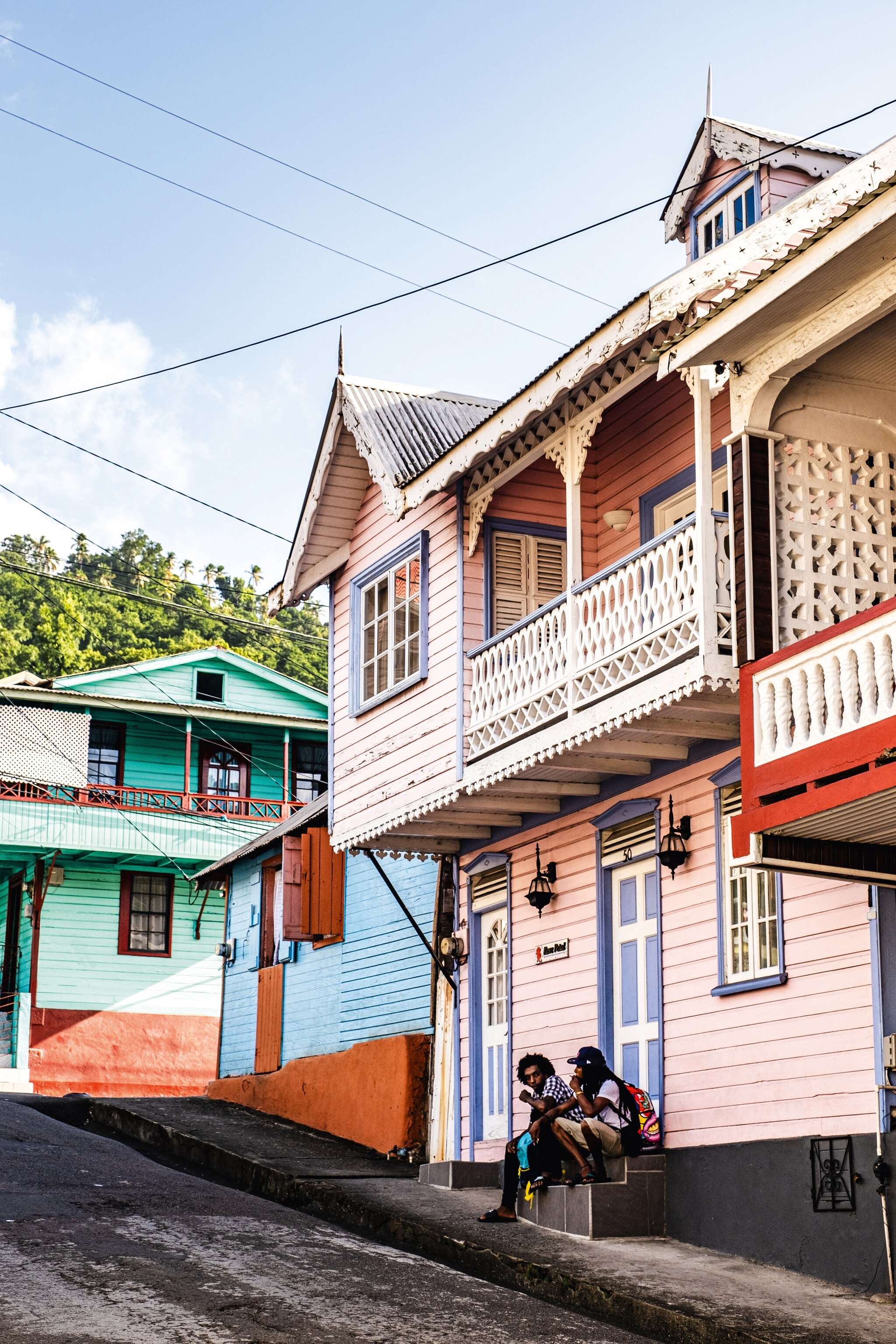
Photograph by Karolina Wiercigroch

Photograph by Karolina Wiercigroch
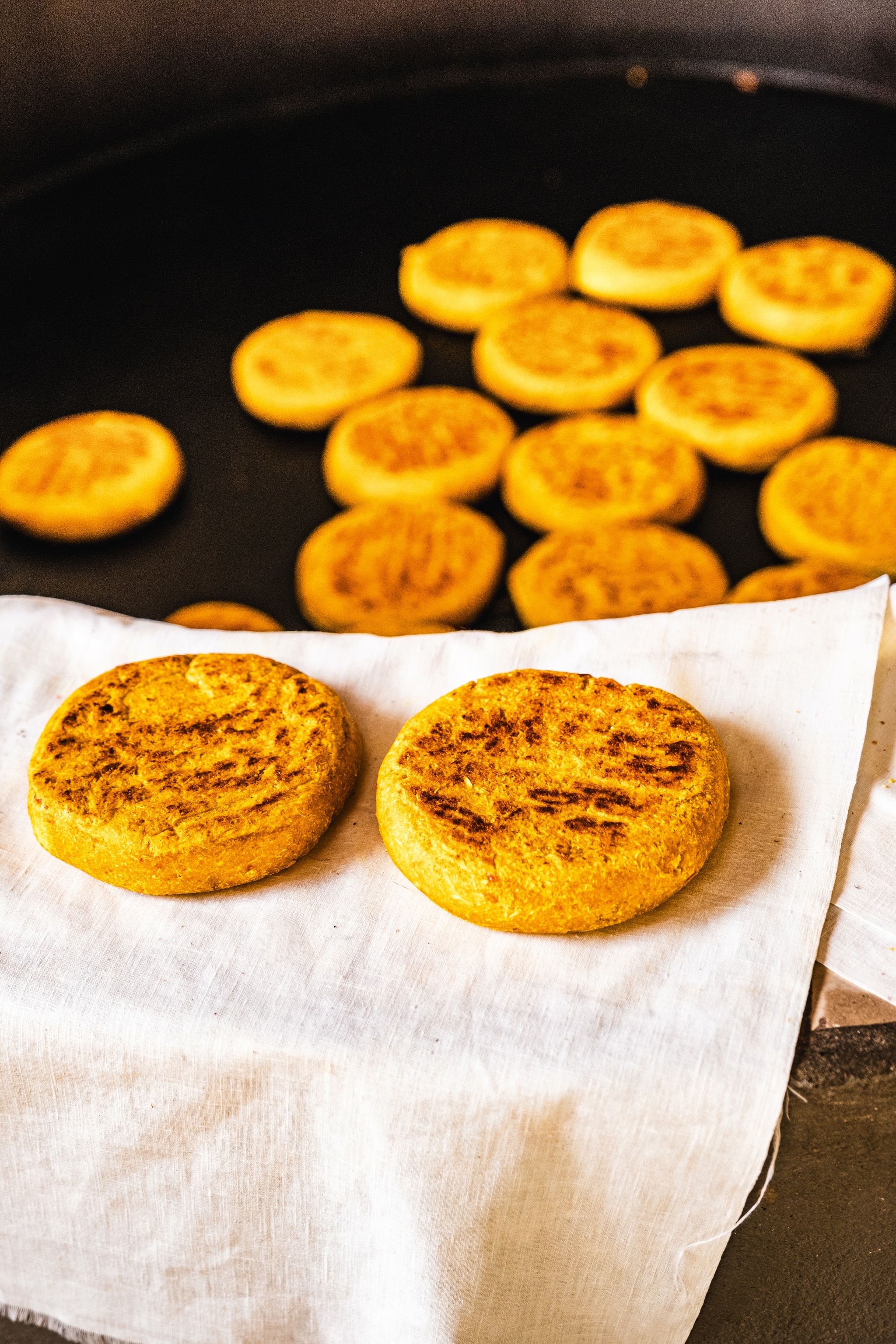
Photograph by Karolina Wiercigroch
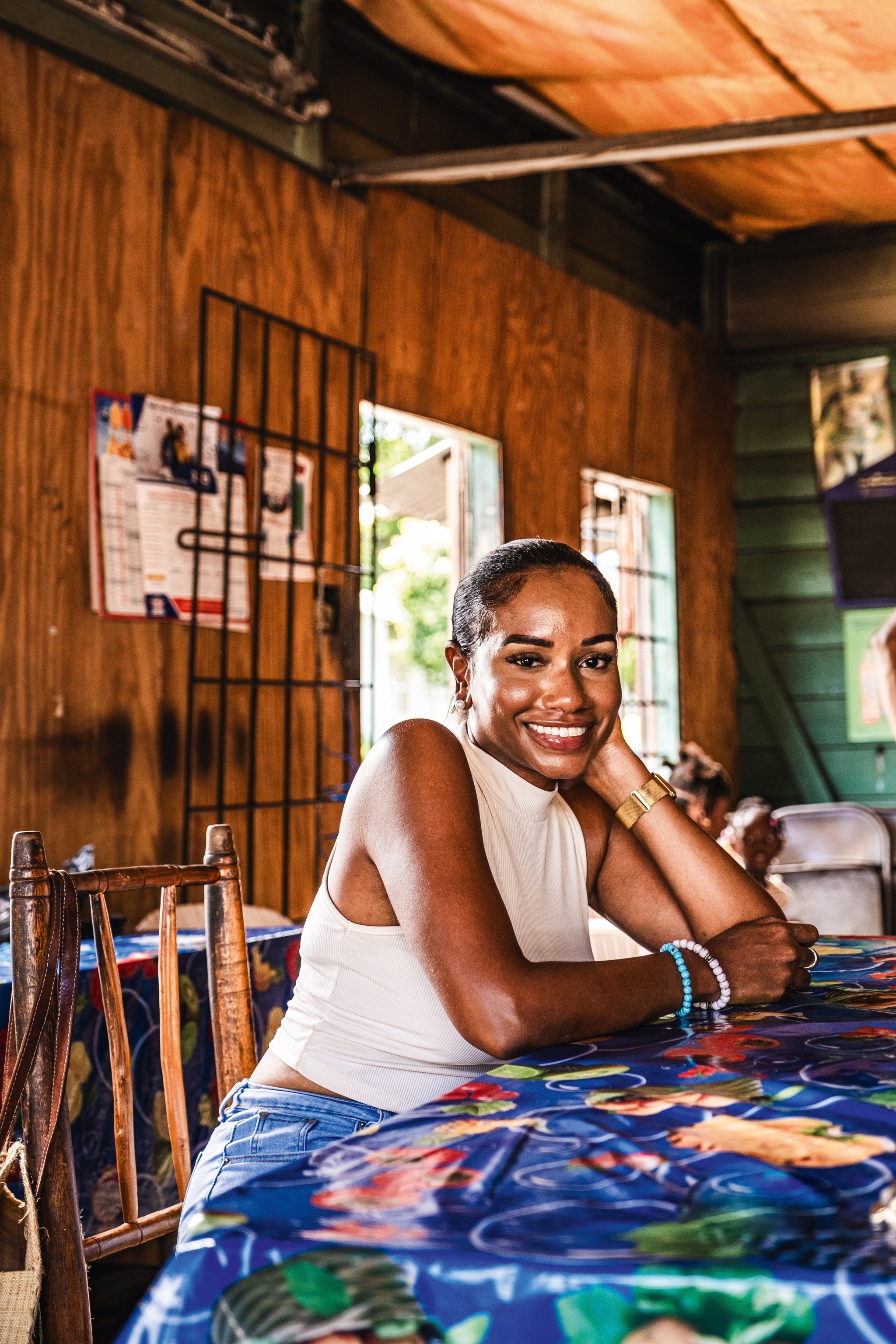
Photograph by Karolina Wiercigroch
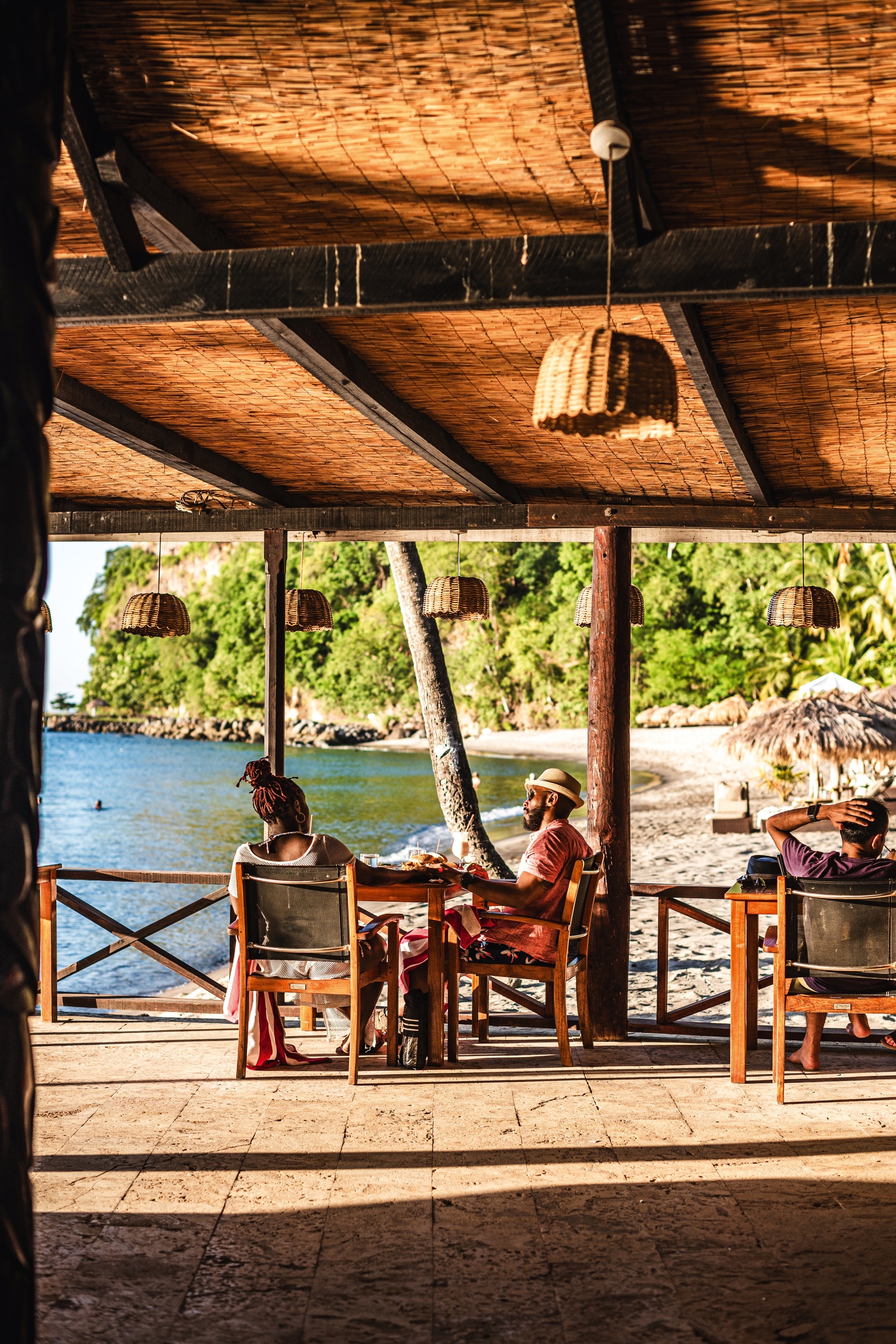
Photograph by Karolina Wiercigroch
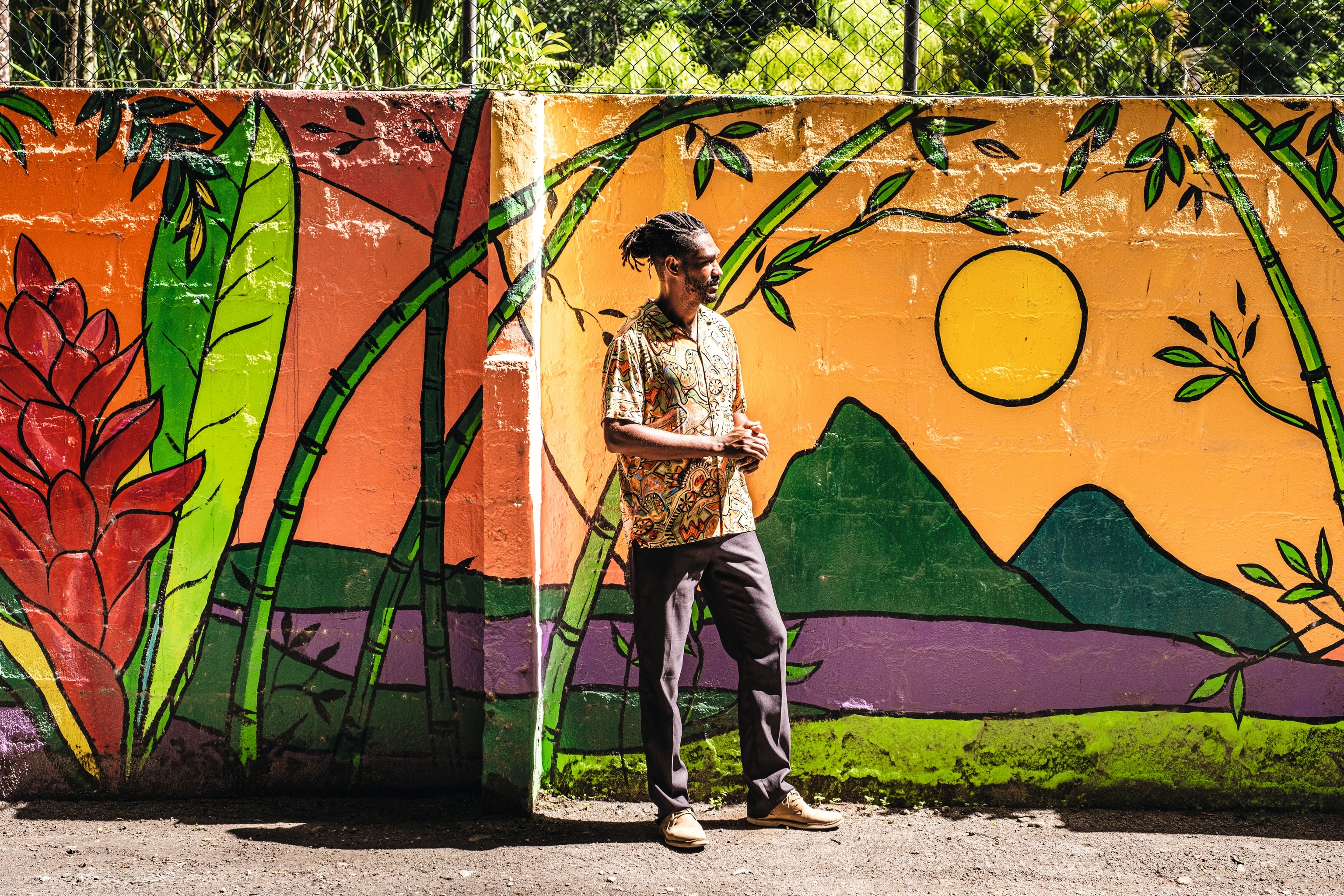
Photograph by Karolina Wiercigroch
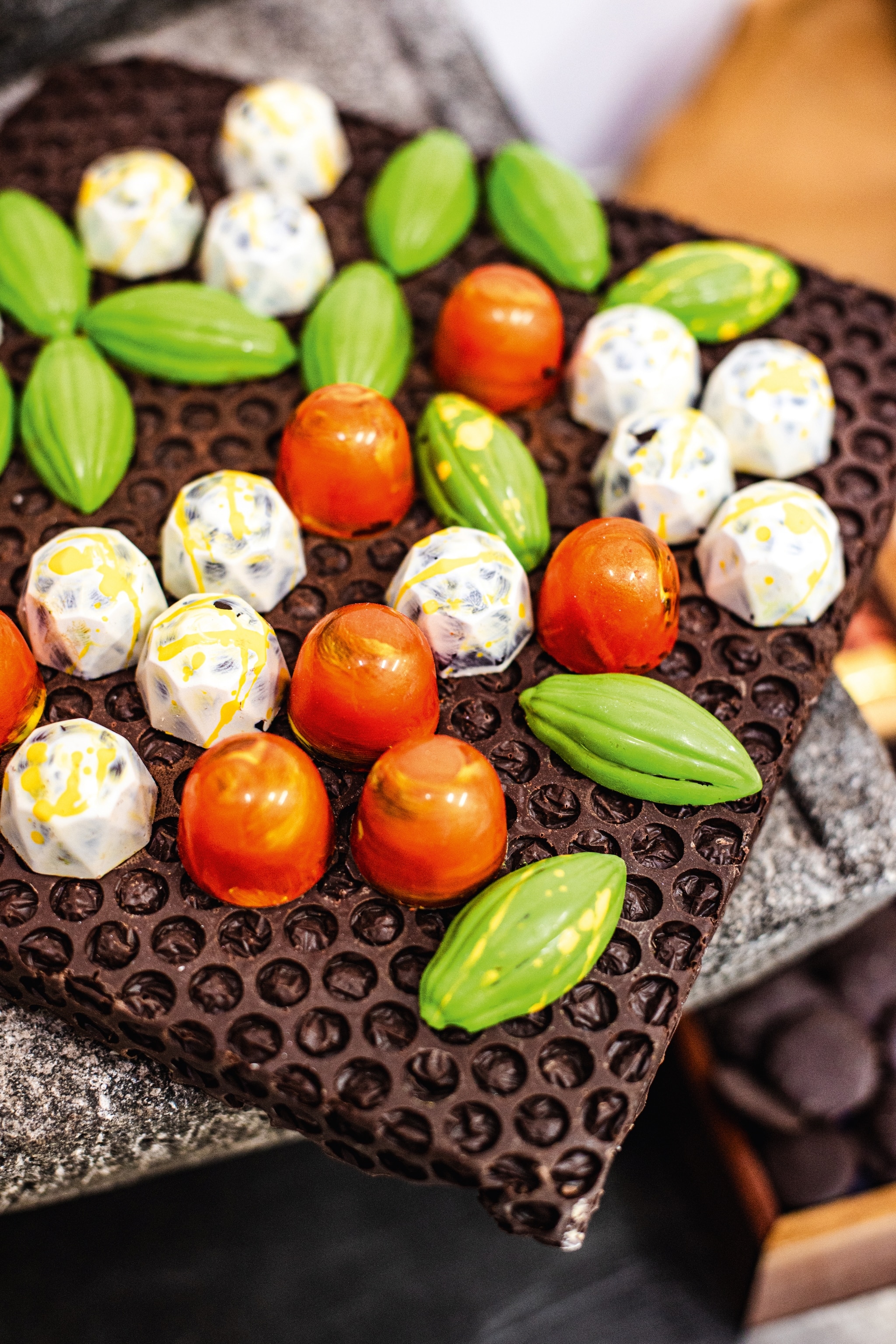
Photograph by Karolina Wiercigroch

Photograph by Karolina Wiercigroch
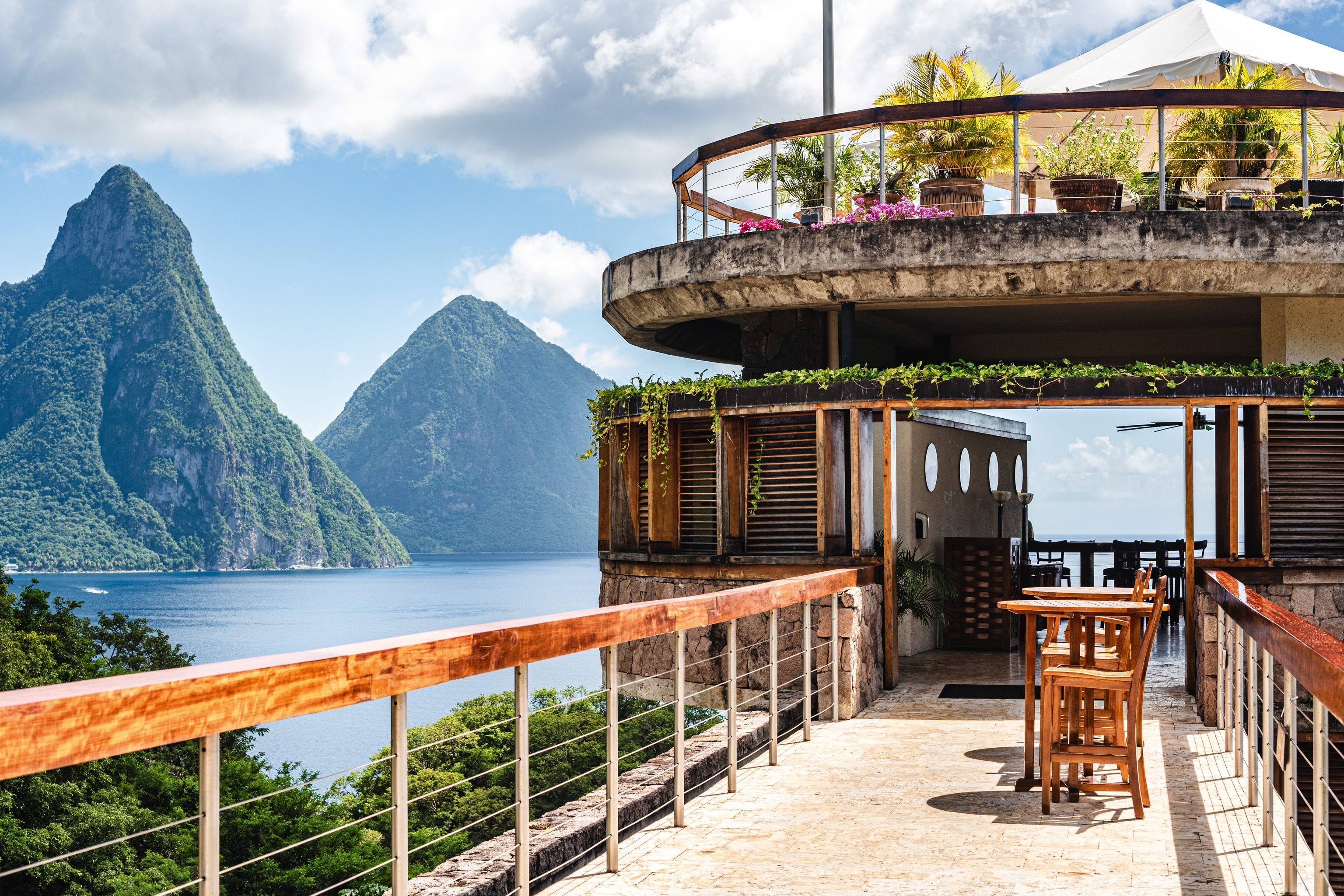
Photograph by Karolina Wiercigroch
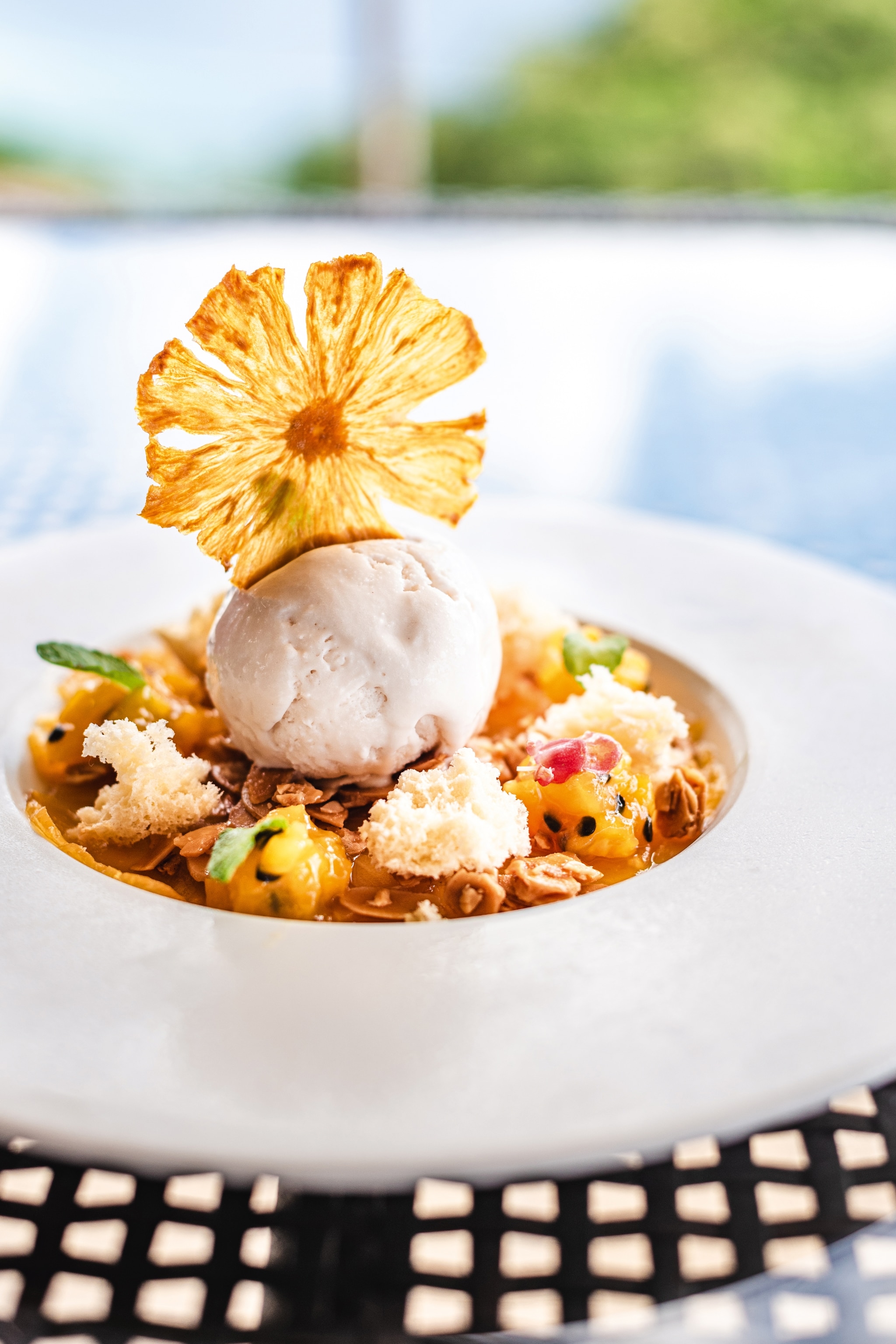
Photograph by Karolina Wiercigroch
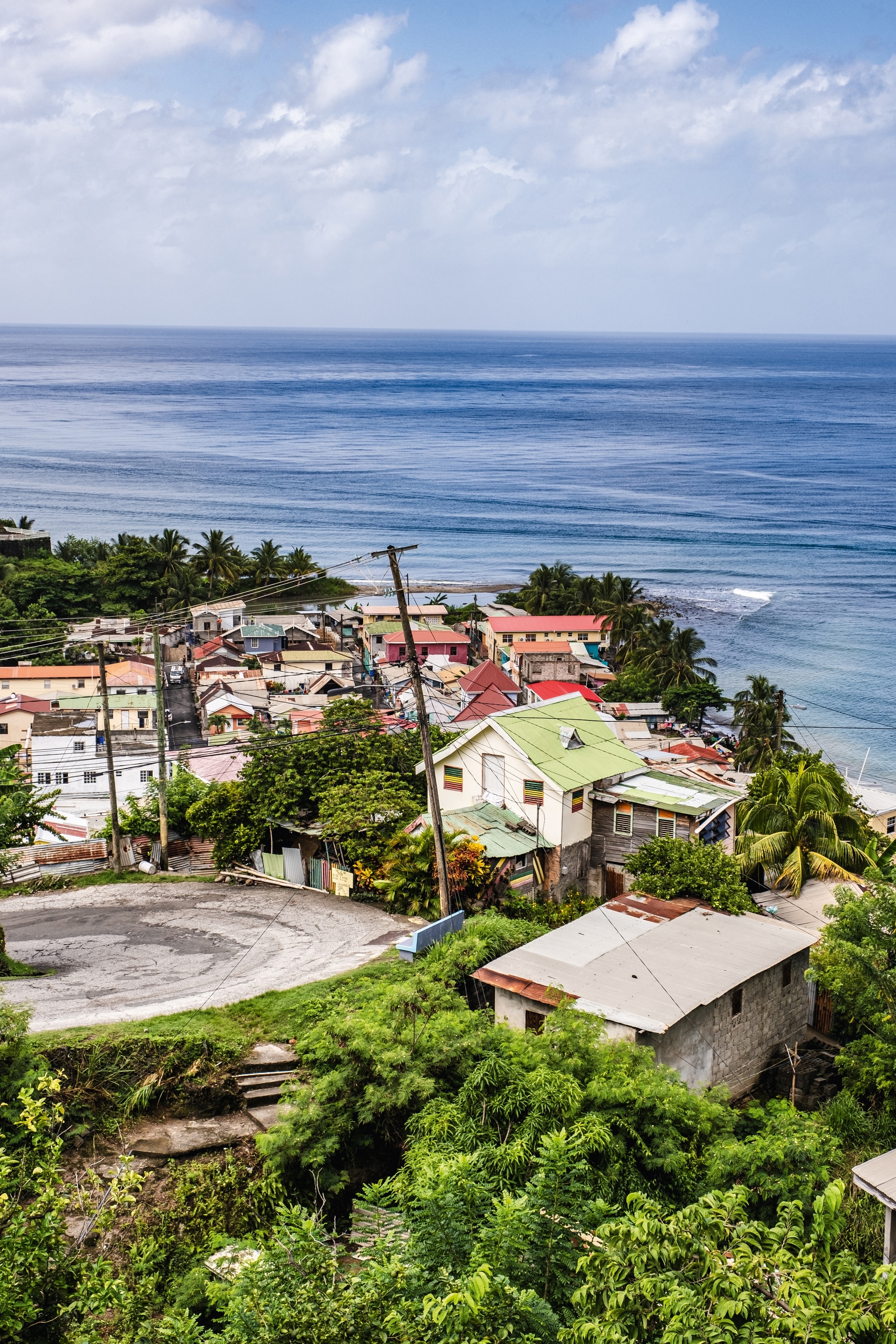
Photograph by Karolina Wiercigroch

Photograph by Karolina Wiercigroch
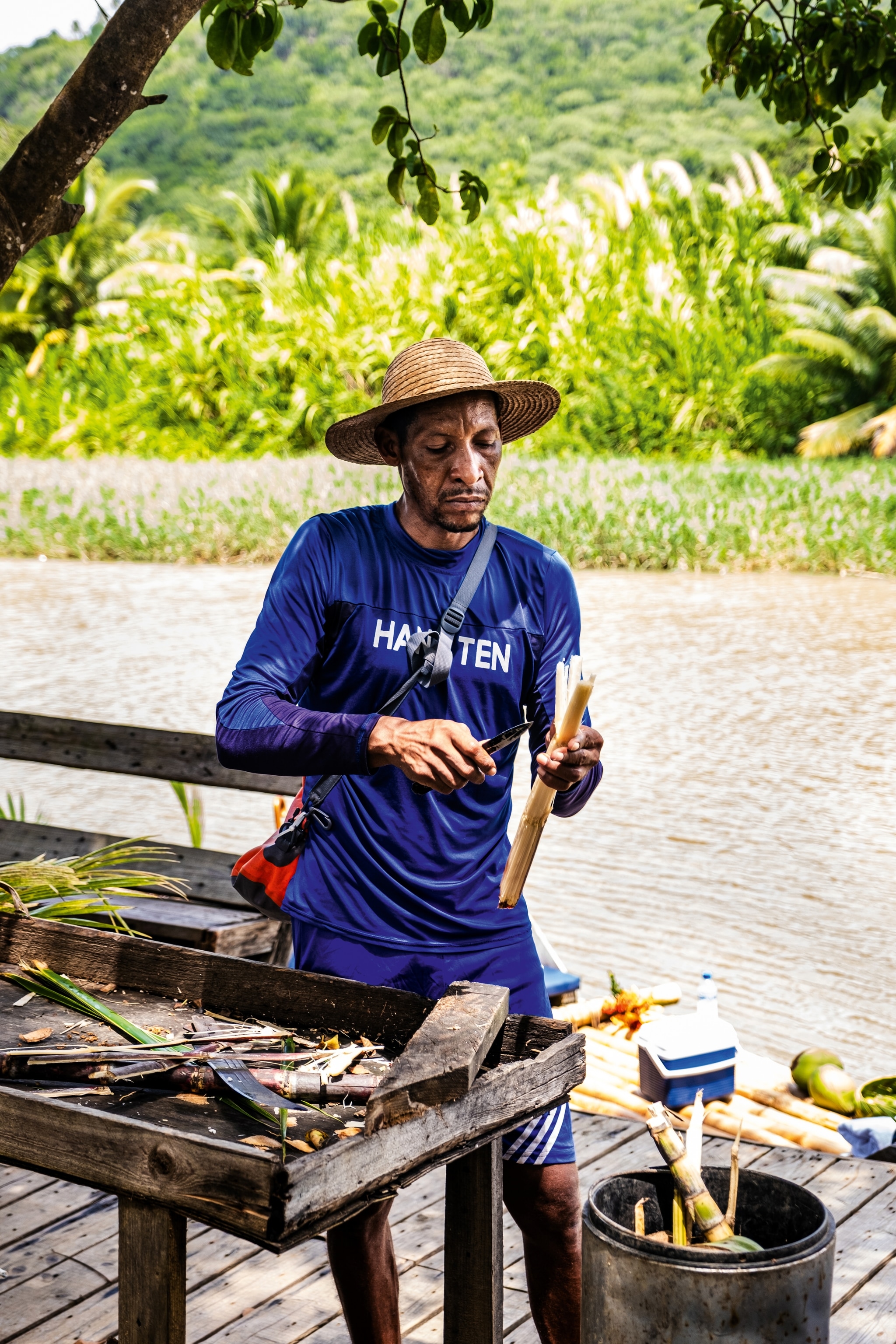
Photograph by Karolina Wiercigroch
Published in Cruise 2024 issue of National Geographic Traveller (UK).
To subscribe to National Geographic Traveller (UK) magazine click here. (Available in select countries only).
To subscribe to National Geographic Traveller (UK) magazine click here. (Available in select countries only).

